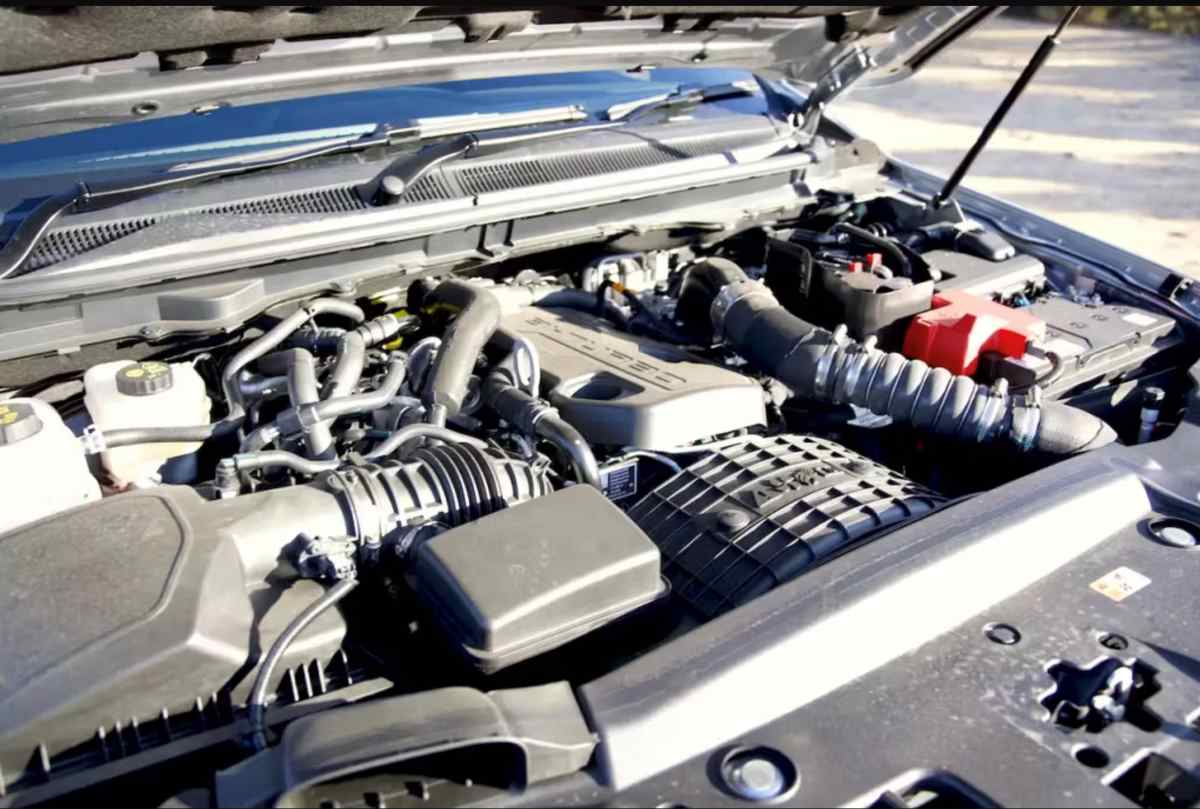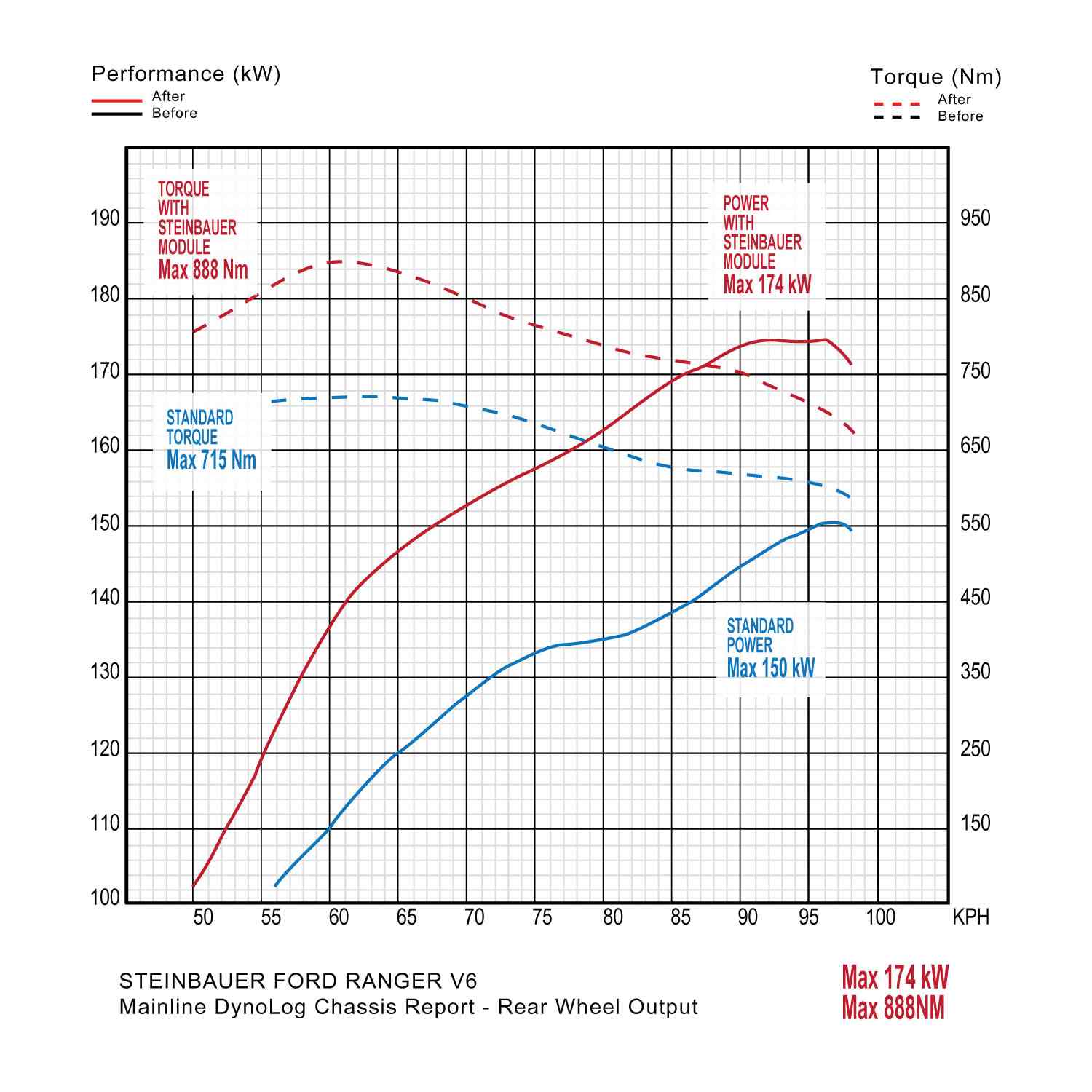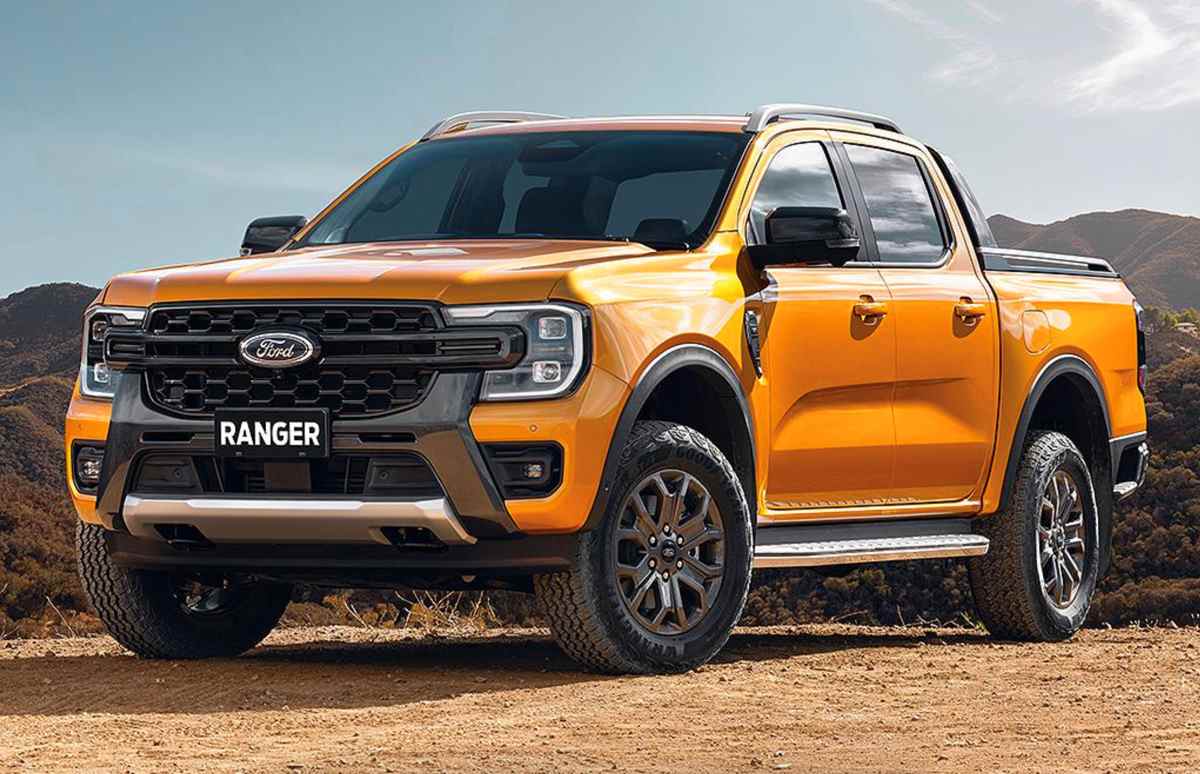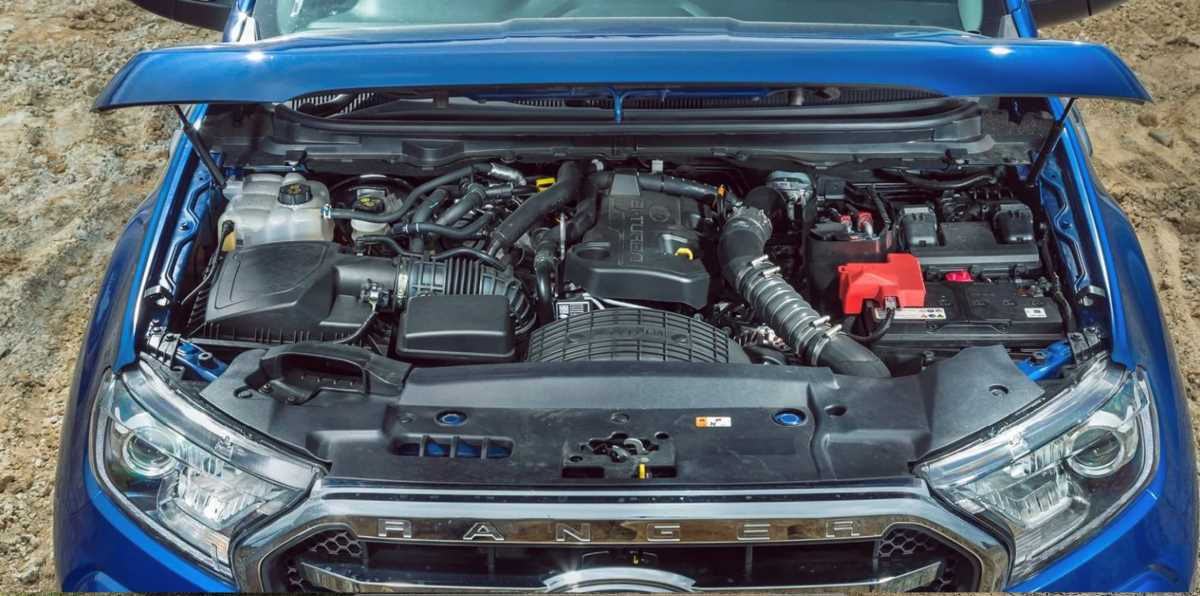How to get more power from your Ford Ranger (PJ, PK, PX & Next-Gen covered)
Advertisement
Wondering how to give your Ford Ranger the power it deserves? Here’s how to get more from your PJ, PK, PX, & Next-Gen Ranger.
Rangers don’t need an introduction, do they? We all know they’re one of the more popular utes on the market and have been sitting at the top of the sales charts for a fair while now, which doesn’t look like changing any time soon. They’re basically the Taylor Swift of 4X4s.
Of course, no ute is perfect out of the box, and the Rangers are no exception – specifically in the power department. Even the new Next-Gens with their torquey V6s can use a little kick in the pants to wake them up, the older diesels even more so. While thousands of owners are willing to chuck big dollars at the suspension, barwork and Salt Life stickers, when it comes to getting a bit of extra power and torque where they’re needed, a lot of folks glaze over and start mumbling something along the lines of “it’s already got plenty, mate, it doesn’t need any more.”
As we all know, friends don’t let friends talk that way, so we thought we’d better get in touch with the tuning gurus at Diesel Care and throw together a yarn to show you how to get more from your Ranger PK, PX, PJ & even your Next-Gen dual-cab, without affecting the reliability that they’ve become known for.
From: $1000-$2500

When it comes to telling your early Ranger’s computer to work smarter, not harder, there are a bunch of options. A PJ, PX and PK Ranger can be flash-tuned by your company of choice, or you can add a power module if you prefer your mods to be reversible or just don’t love the idea of mucking with the ECU. One piece of advice from Diesel Care is to do your research and choose your tuner or power-up chip very carefully.
In these days of everything being available online, there are a lot of sub-standard companies and products out there that simply shouldn’t be anywhere near your car. Look for one with solid after-sales support, and be wary of people saying they can give you more power and torque than a prime mover for less money. They’re full of s#it.
From: $2750 (Steinbauer module)

The Next-Gen Ford Rangers use a rolling code within the ECU that effectively prevents any new code from being added to it – which is basically a big part of what a tune is. As such, there are no flash tunes currently on the market for the Next Gens. Although we’ve heard talk of some companies having success with boot tuning, which is removing the ECU from the vehicle, opening it up and physical soldering in new componentry. However, nothing is commercially available as yet.
Even so, Diesel Care has recently launched its highly regarded Steinbauer Power Module for the Next Gen Rangers, which has undergone an exhaustive real-world testing process to ensure it’s capable of handling Aussie conditions.
Steinbauer’s Austrian Engineers were out here developing the software as soon as the model landed, and despite the technical hurdles, they have delivered a product that nets a solid upgrade to the already impressive power and torque figures from the 3.0L V6 turbo-deezy. Diesel Care tells us they’re getting an easy 170kW (~230hp) at the back wheels, so if you’re towing heavy or just like your get-up-and-go, then this is probably the best option on the market.
From: $700

Every single engine ever made needs some sort of cooling system in place, and once you start turning up the wick, it may be wise to upgrade your cooling at the same time. Number one with a bullet is a transmission cooler, particularly if you drive hard or tow on the regular – you can’t freeze ATF. From there, an upgraded intercooler can keep air charges cooler and allow slightly more power to be made, or if you’re really going for maximum horsies or are simply driving under load for extended periods, then a radiator upgrade may also be required.
From: $650 – $2500
With most modern turbo-diesels, including Rangers, larger exhausts aren’t going to make a huge difference when going for moderate and reliable power upgrades. Yes, they do expel the gasses a little quicker, resulting in greater overall engine efficiency, but with a lot of newer models including things like DPFs and catalytic converters, before long, you’re paying hundreds (if not thousands) of dollars for minimal gains. Then again, aftermarket exhausts sound tough, and if that’s important to you, then cut sick, Champion.
From: $1000 – $5000+ (plus a tune)
From standard, the Ford Rangers have always had pretty decent fuel systems, particularly the Ranger PX-onwards with their piezo-injectors. With that said, yes, you can get more power from an injector upgrade (30% larger injectors are the most common), which, with an appropriate tune, can get you up around the 250HP mark at the wheels.
But, and it’s a big one that squats deep, this is an area where mistakes can start at five figures pretty easily, and reliability can also take a hit. If you’re interested in getting the most out from under your right boot, it’s definitely possible, but tread carefully, my friend. Or just start with a 290+kW-from-stock Raptor and call it good.

From: $650 – $5500 (plus a tune)
Ok, the PJ and PK Rangers aren’t really great candidates for a turbo upgrade. Partly because the stock turbo is well matched to the engine with enough left in reserve to handle most power upgrades, and partly because the turbocharger housing does not lend itself to high-flowing (fitting upgraded turbine and compressor wheels), so the options are limited.
PX Rangers, though, are fitted with Garret turbos, which are able to be upgraded and can deliver boost in the low to mid-20s psi range, improving things across the entire rev range. The Next Gens also use Garret turbos (not a bad thing), which means they too can be high-flowed to produce more boost across the rev range.
However, Diesel Care are quick to point out that, as with the fuel system upgrades, just because you can doesn’t always mean you should. You’ll need a tune and possibly injectors to take advantage of all this new turbo pressure, which will add to the cost significantly. And then there’s increased wear and tear on the engine, which can have a detrimental effect on reliability. Look, we’re not telling you how to modify your 4X4, just that the cost-to-benefit ratio can get out of hand quickly. By keeping things reasonable (~25% power increase), you’re keeping things reliable. Simple as that, really.